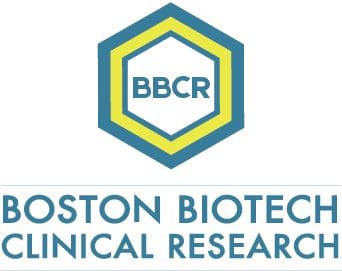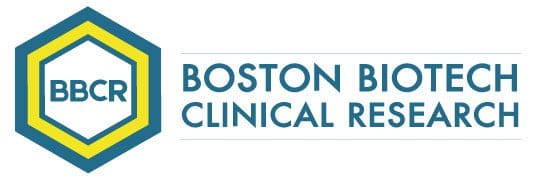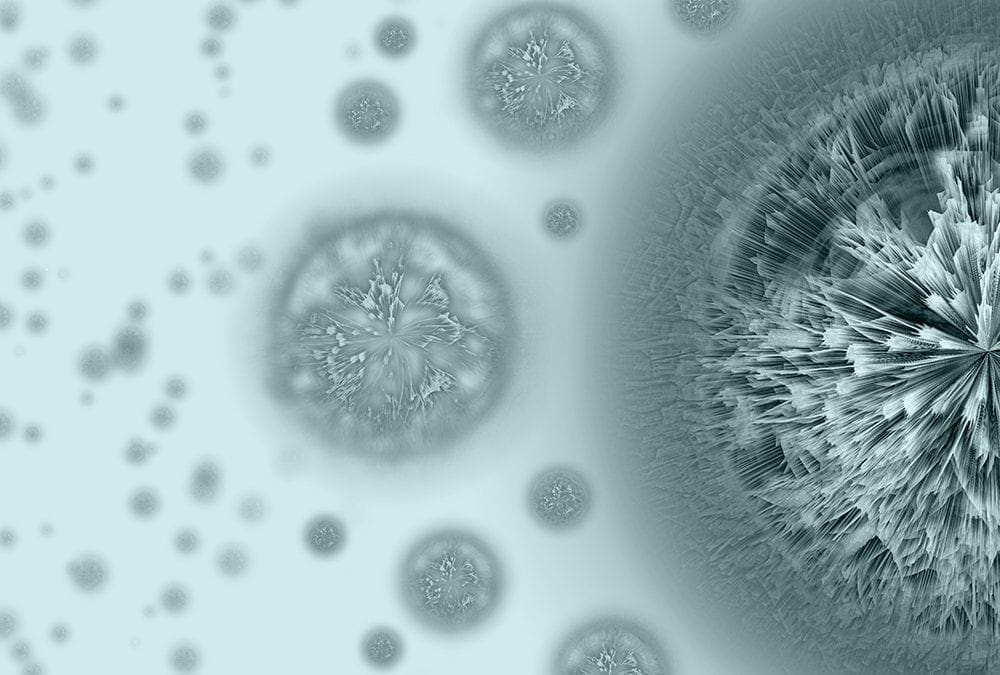An autoimmune disorder occurs when the body’s immune system attacks and destroys healthy body tissue by mistake. There are more than 80 types of autoimmune disorders. The blood cells in the body’s immune system help protect against harmful substances.
Examples include bacteria, viruses, toxin, cancer cells, and blood and tissue from outside the body. These substances contain antigens. The immune system produces antibodies against these antigens that enable it to destroy these harmful substances. When the immune system does not distinguish between healthy tissue and antigens, the body sets off a reaction that destroys normal tissues. The exact cause of autoimmune disorders is unknown. One theory is that some microorganisms (such as bacteria or viruses).
Molecular mimicry is the sequence or structural resemblance of molecules of the host and the microbe. Molecular mimicry is defined as the theoretical possibility that sequence similarities between foreign and self-peptides are sufficient to result in the cross-activation of autoreactive T or B cells by pathogen-derived peptides.
From the moment of birth and throughout our entire lives, humans share their bodies with a surprising variety of microscopic organisms. Dust mites remove dead skin, amoeba live on their teeth and scavenge food particles, and eyebrow mites live on their eyebrows.
Scientists estimate that the human body has around 7.5 1013 cells. Many of these cells are not of human origin, but represent microscopic commensal and mutual organisms. In commensal interactions, one species of organism benefits and the other is unaffected. In mutual interactions, both organisms benefit.
After birth, humans are introduced and subjected to an array of new organisms. If these organisms find themselves in a suitable ecological niche, whether on the internal or external parts of the human body, they will multiply and form complex communities, or colonies, with their host. The first step in this colonization process requires the microscopic organisms to adhere to their host. If the organisms find a suitable location, they will form long-term, stable, interdependent relationships with other organisms in the same location and the human that harbors them. The term commensalism refers to a type of relationship between two different organisms that “eat from the same dish”. In this kind of relationship, neither benefits from the other or provokes any harm. It is therefore a neutral relationship. Since the benefit to one or the other species may be subtle and hard to identify, it is often difficult to distinguish between true commensalism and mutualism. Humans certainly derive considerable benefit from many resident organisms. Although “friendly” bacteria inhabiting our organism are usually referred to as commensal, research in this field suggests that the relationship between our gut microbiota and us is not merely commensal, but rather a mutualistic relationship.
Three of the multiple examples of commensal mimicry are:
- Commensal bacteria from the mouth, skin and gut produce an ortholog of the human protein Ro60 that activates T cells found in the blood of a patient from LUPUS
- T cells isolated from the cerebrospinal fluid of patients with multiple sclerosis react to a both a human and bacterial protein.
- Two proteins isolated from blood and joint fluid of rheumatoid arthritis patients share sequence homology with those produced by gut commensal bacteria.
Despite being decades old, the concept of molecular mimicry has rarely been considered in light of the growing understanding of the ecosystem of microbes living on and in the human body, The difference between people who experience autoimmunity and those who don’t may be tied to the presence or abundance of certain microbes, but it also lies in how people’s immune systems handle the cross-reactive antigens those microbes carry.

Specializing in rare disease, Boston Biotech Clinical Research works with biotech, pharmaceutical, device companies and investors to streamline the clinical trial process. Our experienced team helps each client reach their specific goals by customizing a clinical and regulatory road map of simplified programs and streamlined protocols to meet our clients’ requirements.

